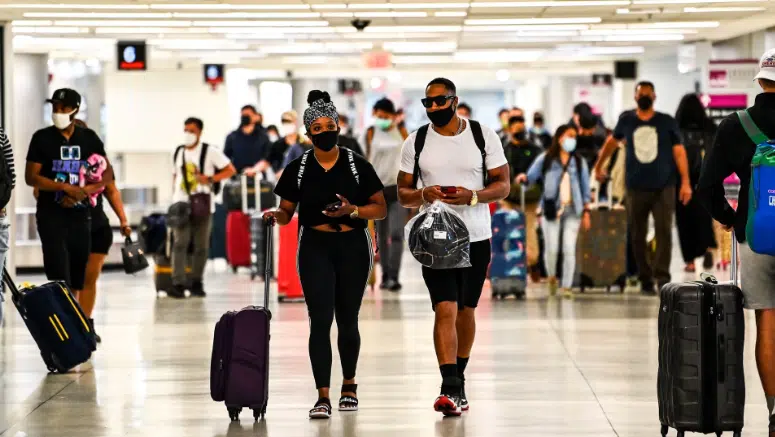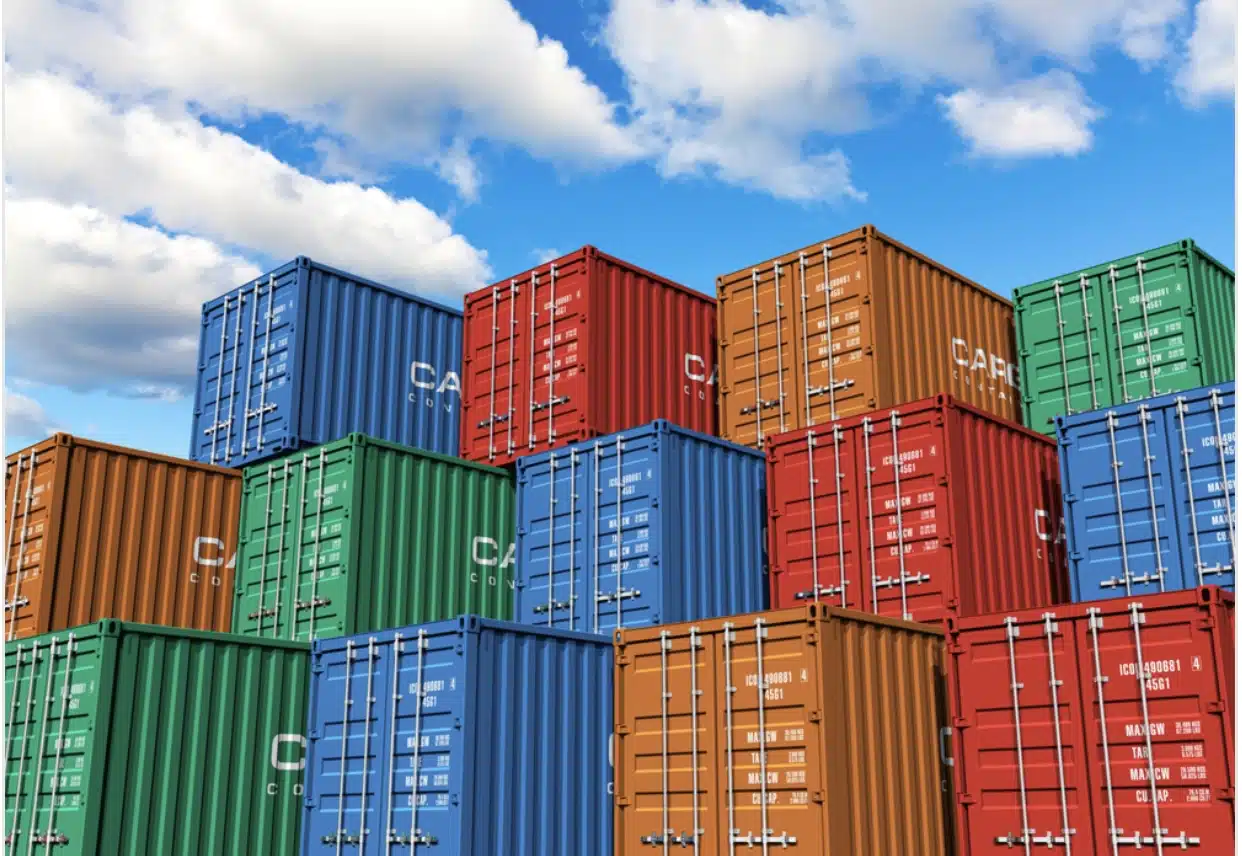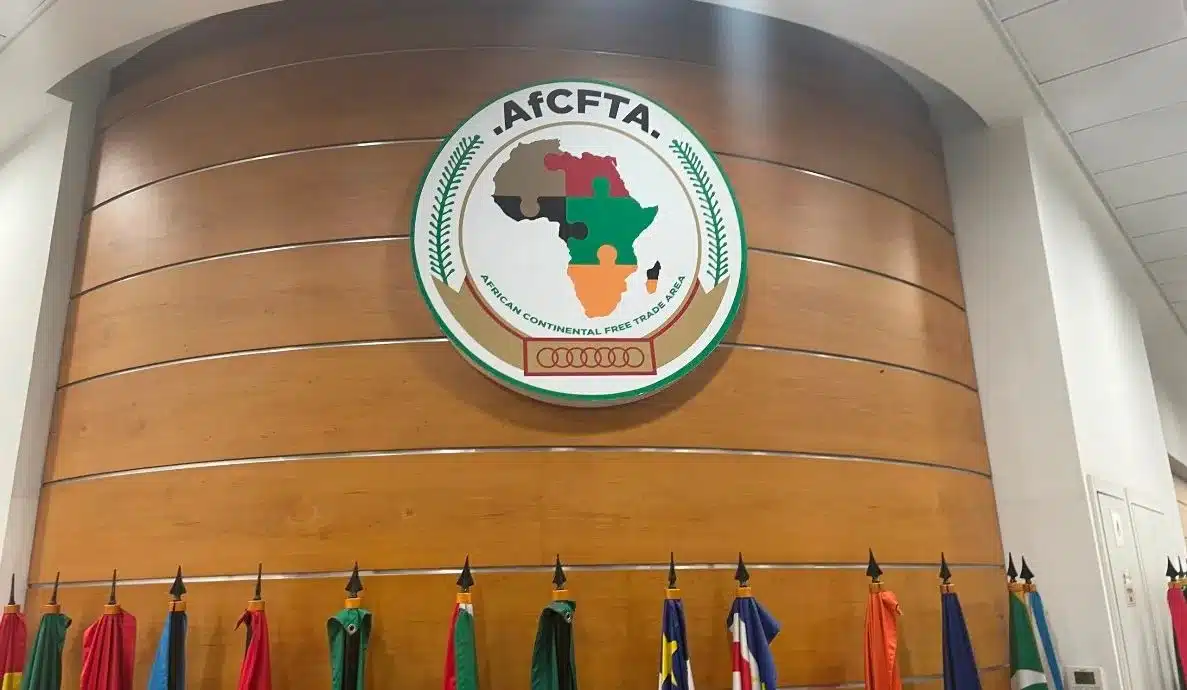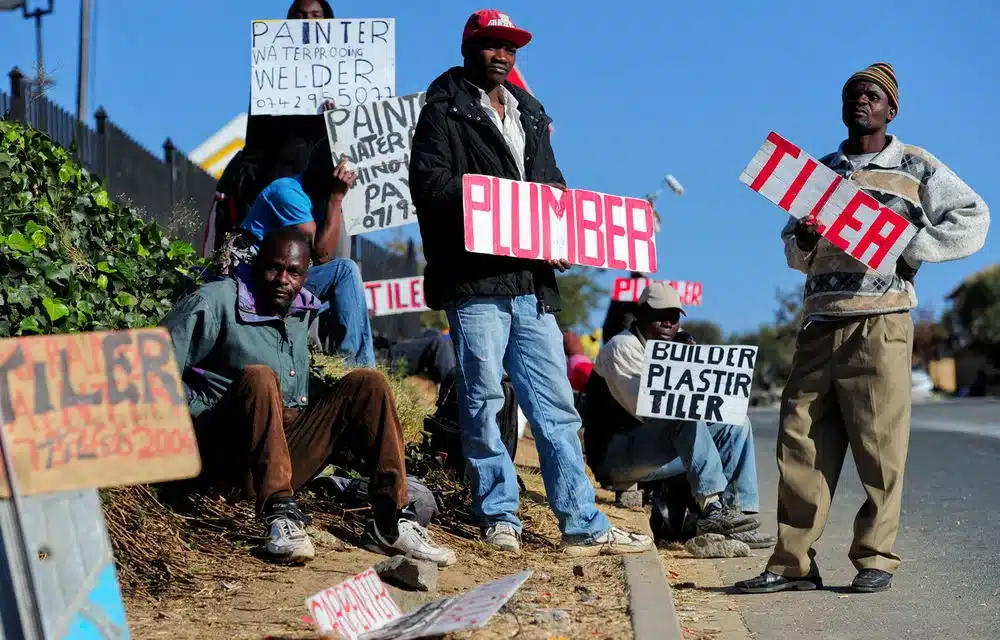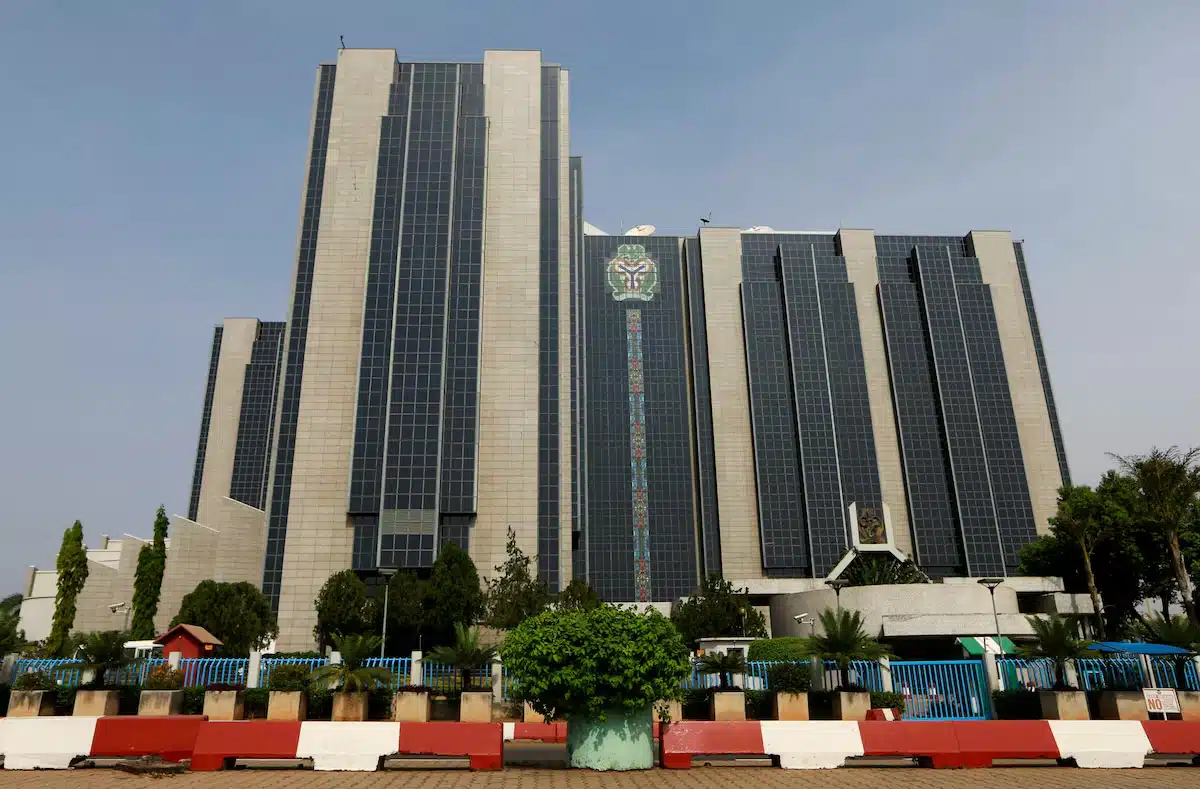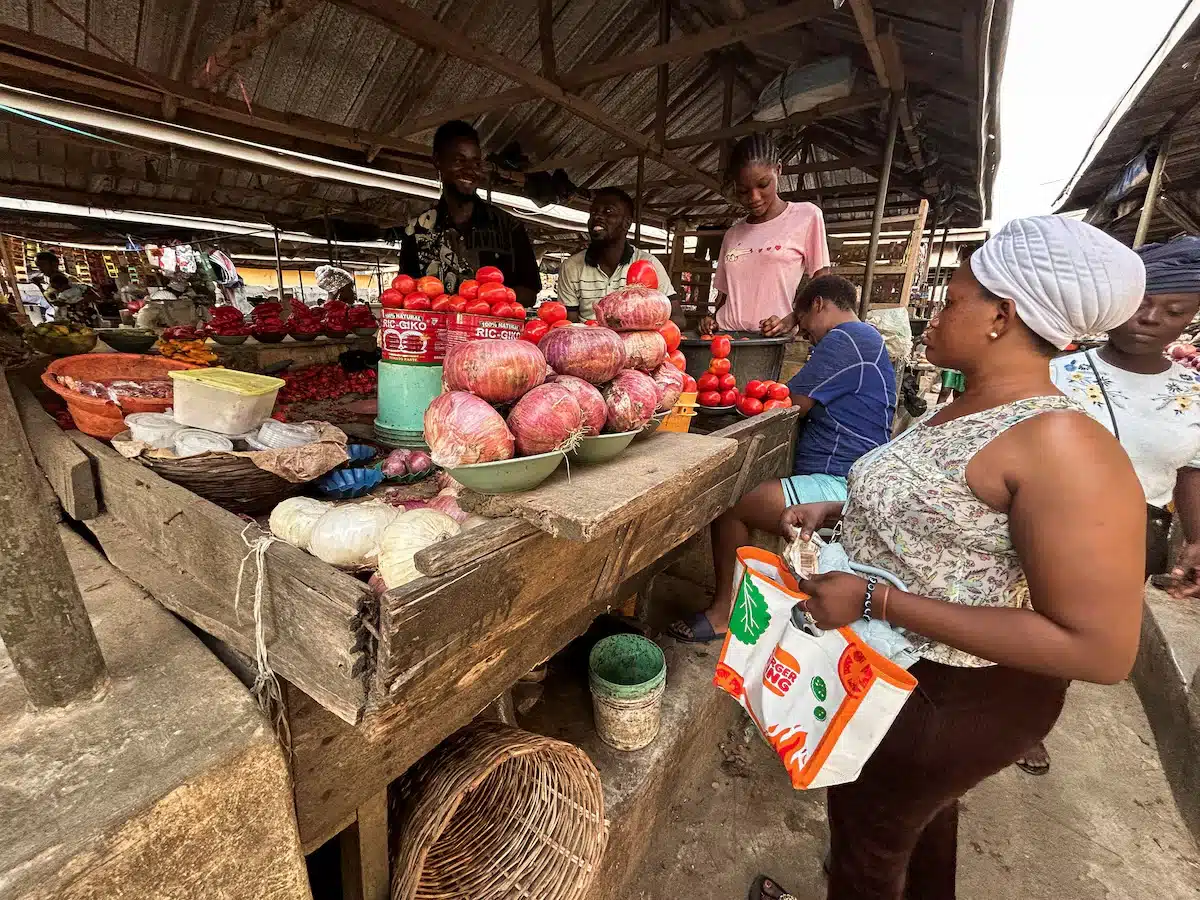US President Donald Trump has reduced tariffs on African exports to a maximum of 30%, down from 50%, easing the burden on some countries previously hit hardest by his earlier trade policies.
The revised duties are part of a new and expanded list of “reciprocal tariffs” unveiled in a White House statement on Thursday.
The updated rules, which take effect on August 7, 2025, will apply to imports from 68 countries and the European Union—up from about 60 trading partners previously, excluding the EU.
In the statement, Trump argued that the measures were necessary to reduce the persistent US trade deficit and protect national economic interests.
“I have determined that it is necessary and appropriate to deal with the national emergency declared in Executive Order 14257 by imposing additional ad valorem duties on goods of certain trading partners,” the statement said. “These modifications shall be effective… on or after 12:01 a.m. Eastern Daylight Time seven days after the date of this order.”
The statement also confirmed that a minimum tariff rate of 10% will apply to countries not covered in the new list.
Lesotho gets steepest tariff cut
Lesotho, the hardest-hit African country under Trump’s earlier trade regime, has secured the largest tariff reduction in the latest round of revisions.
The small southern African kingdom will now face a 15% levy on exports to the United States—down sharply from the punitive 50% rate previously announced.
The move provides much-needed relief for Lesotho, which has been reeling from the fallout of Trump’s April tariff threats. US textile orders from the country plummeted following the April 2 announcement, forcing factory closures and triggering mass layoffs. In response, the government declared a two-year national disaster.
The African Development Bank had warned that the 50% tariff could drag Lesotho’s GDP growth below 1% in 2025—its weakest performance in five years.
In addition to Lesotho, five other previously worst-hit African countries will now face a uniform 15% duty under the revised US tariff regime. They include:
- Madagascar, down from 47%
- Mauritius, down from 40%
- Botswana, down from 37%
- Angola, down from 32%
- Côte d’Ivoire, down from 21%
Algeria, Libya and South Africa now worst-hit countries
With Lesotho now facing a 15% levy, Algeria, Libya, and South Africa have emerged as the most exposed economies, with the full 30% tariff now applicable to all US-bound exports.
For Algeria and South Africa, the new list reaffirms earlier tariffs already in place, while Libya received only a marginal 1-percentage-point reduction from 31%
Among the affected countries, South Africa remains the most severely impacted. In addition to the sweeping 30% tariff, it continues to face a separate 25% duty on automotive exports to the US—one of its major export categories.
The compounded pressure has already taken a toll. US-bound car shipments from South Africa fell by 85% in May alone.
The South African Reserve Bank and leading industry groups had earlier warned that the full tariff regime could threaten hundreds of thousands of jobs, worsening the country’s already severe unemployment crisis—one of the highest in the world.
Meanwhile, Tunisia received a modest reprieve, with its tariff rate reduced from 28% to 25%.
The revised regime offers some relief for the continent’s most vulnerable exporters, but the broader tariff clampdown signals an escalation in Trump’s hardline trade policy.



